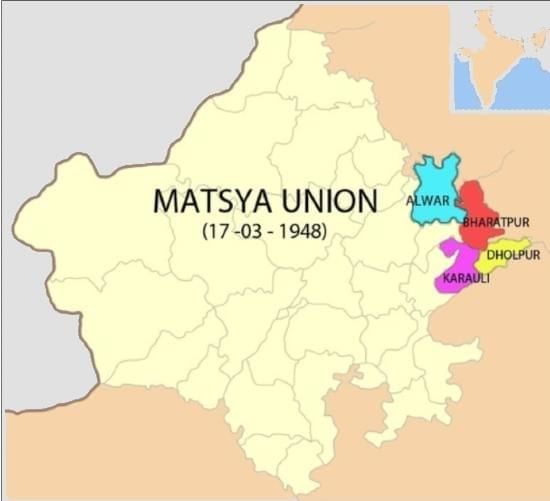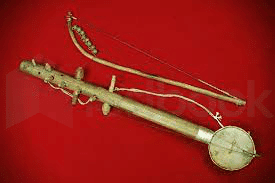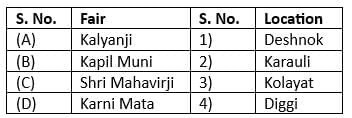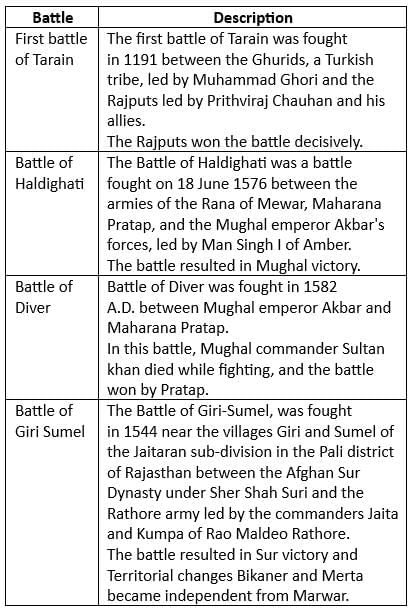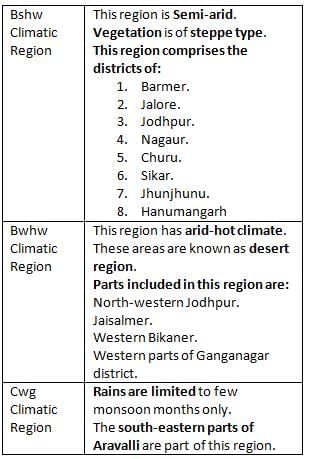RSMSSB Librarian Grade-III Paper 1 Mock Test- 1 - RPSC RAS (Rajasthan) MCQ
30 Questions MCQ Test - RSMSSB Librarian Grade-III Paper 1 Mock Test- 1
Who has been appointed as the new CEO of HSBC, replacing Noel Quinn? (as of July 2024)
During unification of Rajasthan which of the following princely states wanted to merge with Uttar Pradesh?
Footwear Design & Development Institute (FDDI) was established in which district of Rajasthan?
Before the constitution of India, an “Objectives Resolution” was proposed by ______ in 1946.
Which of the following statements is true about the Leader of the Opposition in the Rajasthan Legislative Assembly, Shri Gulab Chand Kataria?
Which of the following serial of mountain peaks is correct as per descending order of their heights?
The correct chronology of the following wars is-
i. First battle of Tarain
ii. Battle of Haldighati
iii. Battle of Diver
iv. Battle of Giri Sumel
The presiding officer of the Lok Sabha is called ________.
Match list-I with list-II and choose the correct answer using the code given below the lists:
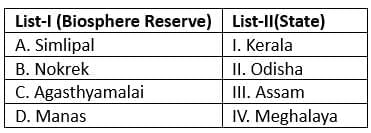
Which of the following powers is not vested in the Governor of Rajasthan?
Who was the founder of Jalore's Chauhan Kingdom?
Which of the following is not included in the National Mission for Sustainable Agriculture in Rajasthan?
Which are the largest Bauxite and Mica producing States in India?
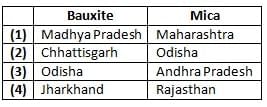
Arrange these in chronological order according to when they occurred:
- Civil Disobedience Movement
- Jallianwala Bagh Massacre
- Partition of Bengal
- Government of India Act, 1935
Which of the following Hill Fort of Rajasthan is not included in UNESCO's World Heritage sites ?
Who among the following was the founder of Niranjani sect?
Which of the following dams constructed on the Chambal river are located in Rajasthan?
(A) Kota Bairaj
(B) Gandhi Sagar Dam
(C) Jawahar Sagar Dam
(D) Rana Pratap Sagar Dam
Select the correct answer using the codes given below:


